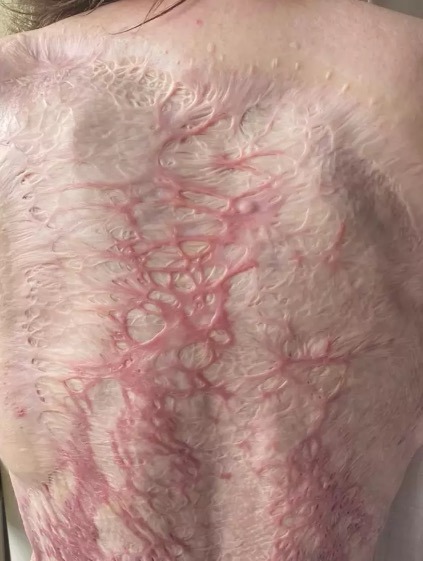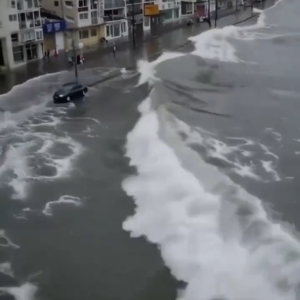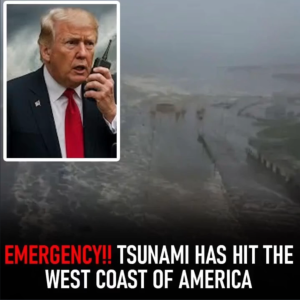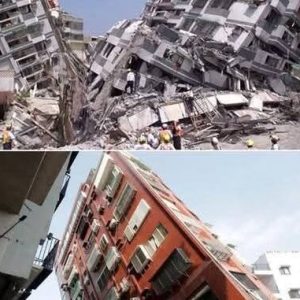A Brazilian tourist was recently found dead near an active volcano, sparking renewed concerns over the safety of popular volcanic tourist destinations.
Few people understand the risks better than Stephanie Coral Browitt, who survived the devastating White Island eruption in 2019—but paid an unthinkable price.
A Vacation Turned Tragic
On December 9, 2019, what was supposed to be a dream vacation turned into a nightmare. Off the coast of New Zealand, the White Island volcano erupted without warning, despite signs of increased volcanic activity in the weeks leading up to the blast. Tourists were still being allowed to visit—a decision that would prove deadly.
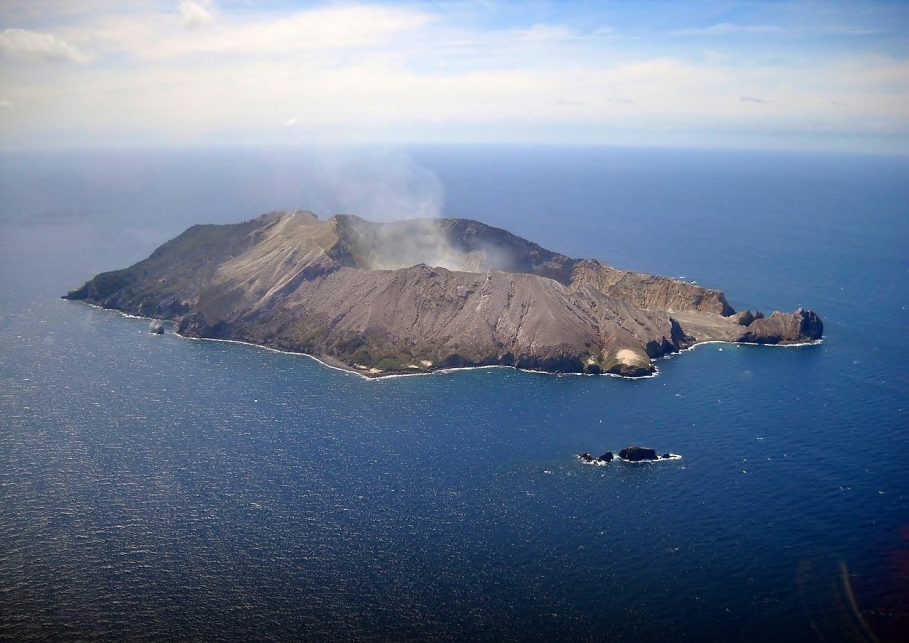
The eruption unleashed a violent burst of steam, toxic gases, and ash into the air. Twenty-five people were badly injured. Among them was 23-year-old Australian tourist Stephanie Coral Browitt, who was on a cruise with her family.
“It all happened so fast,” Stephanie later told People magazine. “Within seconds, we realized it was erupting and we all began to run for our lives.”
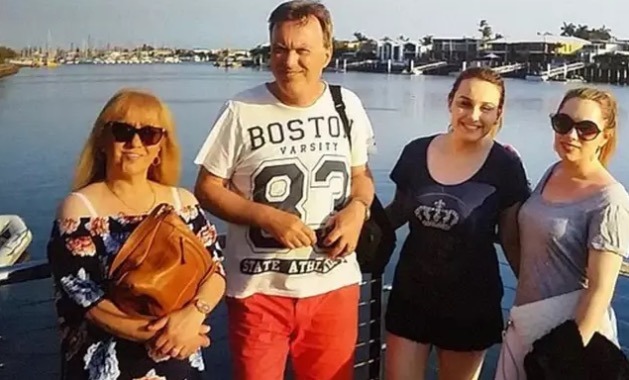
Stephanie suffered catastrophic injuries. Her father, Paul, and her 21-year-old sister, Krystal, didn’t survive. Stephanie was struck by a pyroclastic flow—a surge of superheated gas and volcanic debris. As her body was ravaged by burns, her thoughts were with her mother, who had stayed behind on the cruise ship.
A Rescue Gone Wrong
The response to the eruption came under intense scrutiny. When New Zealand officials received word of the disaster, rescue helicopters weren’t immediately dispatched to the island. Instead, they were sent to the mainland town of Whakatāne, nearly 50 miles away, to await further instructions. Heavy rain, toxic gases, and ongoing seismic activity complicated the situation.
“Everyone was just on the ground,” Stephanie recalled in a 2020 interview with ABC. “There was one person lying flat, screaming in pain. Another yelling for help. And I remember thinking, ‘Why are they yelling? No one’s around—we’re on an island in the middle of the ocean.’”
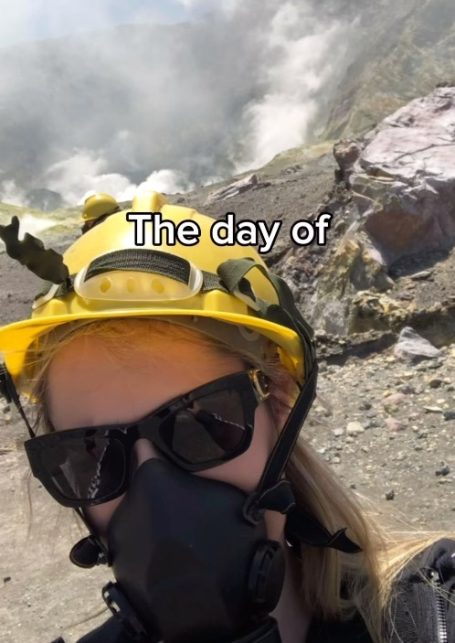
In the end, it wasn’t the official rescue teams who saved Stephanie and others. It was a group of heroic local helicopter pilots who flew straight into the danger zone to pull survivors out.
“I’m still angry about how long it took for help to arrive,” Stephanie said. “I now know that the official rescue teams weren’t even coming. If those three pilots hadn’t risked their lives to help us, none of us would have made it. I truly believe more people could have survived if help had come sooner.”
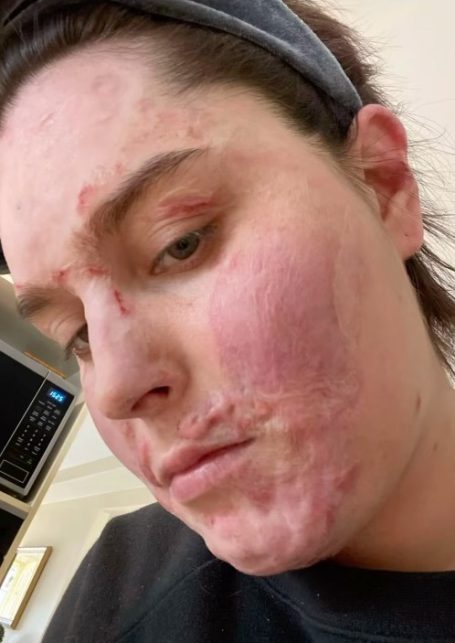
A Painful Road to Recovery
Stephanie’s road to recovery has been unimaginably difficult. She spent six months in the hospital, enduring round-the-clock treatments, surgeries, and pain. Doctors had to amputate eight of her fingers. Over 70% of her body—her face, hands, legs, chest, back, and abdomen—suffered full-thickness burns.
Now, with yet another tourist death near an active volcano, Stephanie’s story serves as a haunting reminder: these natural wonders can turn deadly in an instant. And when they do, delayed responses and overlooked warnings can mean the difference between life and death.
